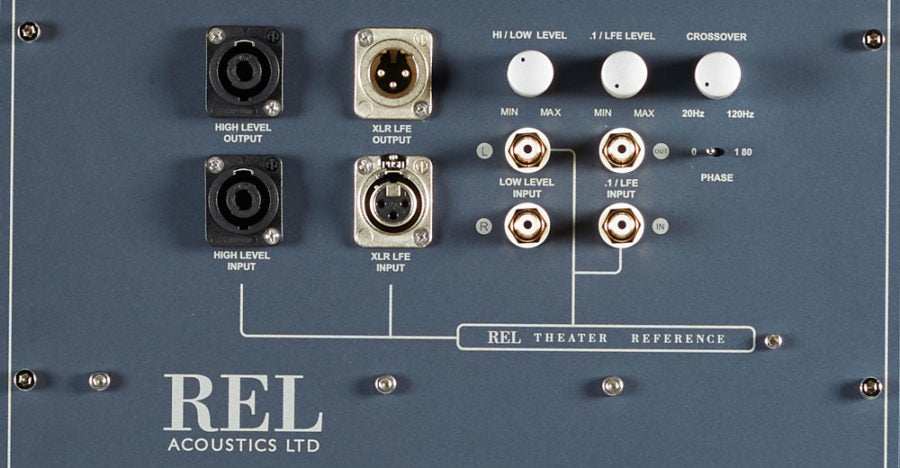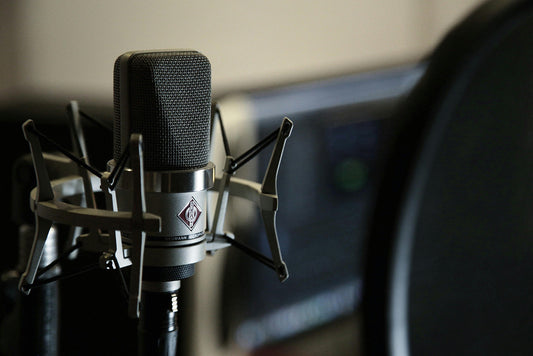Subwoofer LFE
by Paul McGowan
If you're running a home theater receiver or surround sound processor it's often tricky to get the subwoofer settings correct.
Theater processors are almost always different than analog preamplifiers in the way they handle bass frequencies. Unlike SSPs they almost never have separate subwoofer outputs.
Confusion arises between the two because (typical to) an SSP is a built-in subwoofer crossover. What often happens is users mistakenly plug the crossed over SSP output into the subs crossover-controlled input—and now we have two crossovers where we wanted only one.
Which is why so many subs have what's called an LFE input (Low Frequency Effects). Basically, the LFE is a direct shot into the subwoofer's amplifier without going through its crossover. Thus, the crossover in the receiver or SSP controls how high the bass goes and to what degree its roll off should be tailored to.
Here's a simple rule of thumb. In a two-channel setup, you will always use the subwoofer's built-in crossover.
In a home theater setting, it can vary: if connecting through the subwoofer's high-level inputs use the sub's internal crossover. If connecting the SSP via RCA use the subwoofer's LFE input.
- Choosing a selection results in a full page refresh.
- Opens in a new window.








